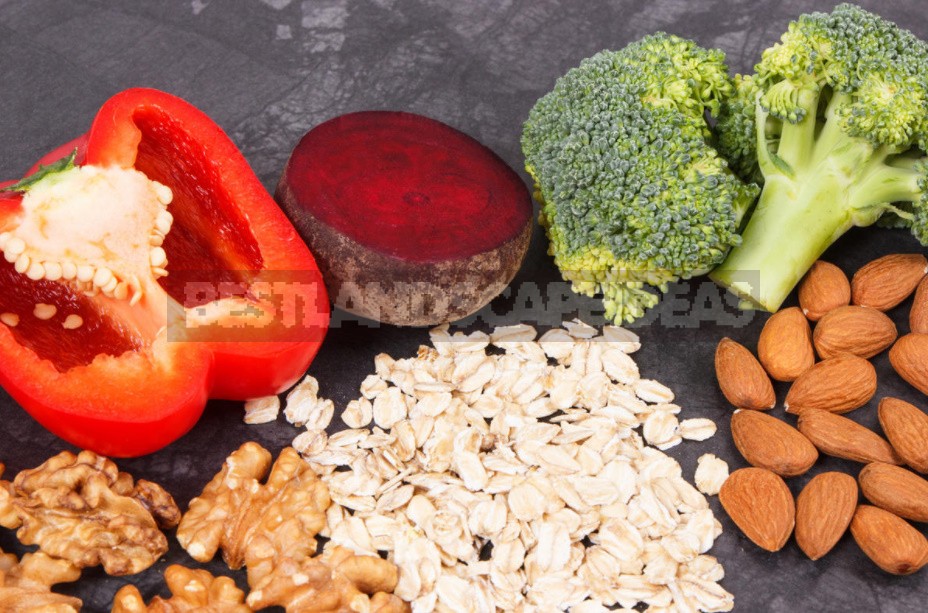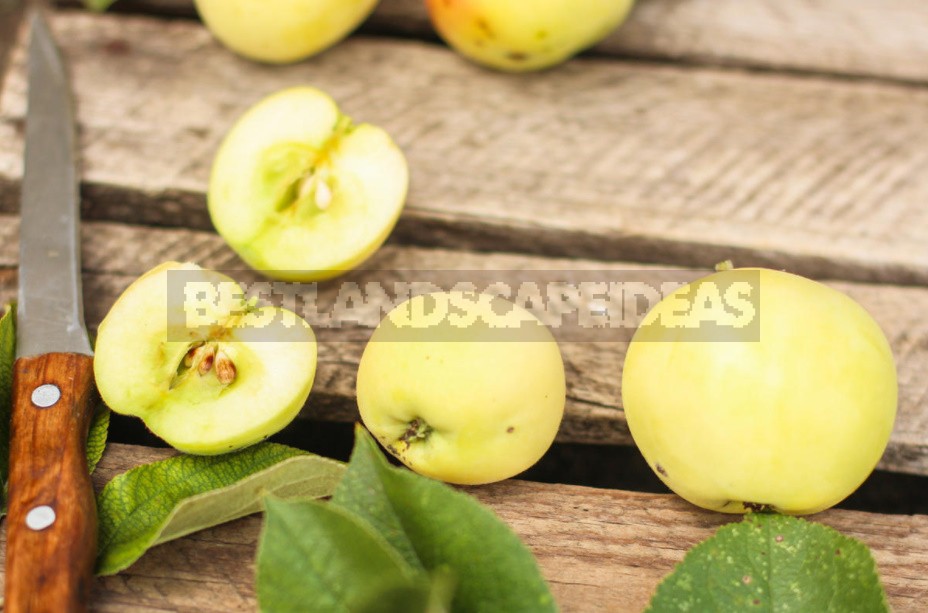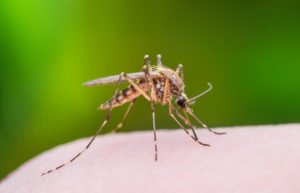
In order for the intestines to work normally, it is extremely important to eat a large amount of fiber. What it is, where to find it, and how to replace it if necessary, read this article.
What is fiber?
Fiber (or dietary fiber) is a complex carbohydrate that Cannot be digested by human gastric juice enzymes. The main sources of fiber are unprocessed cereals, as well as many vegetables and fruits with a dense structure.

There are two types of fiber — soluble (softer, when mixed with water, it turns into a gel and is partially absorbed by the body) and insoluble (coarser, when it enters the intestines, it acts on the principle of a broom that sweeps everything superfluous from its walls).
What are the benefits of fiber?
Despite the fact that fiber is almost not absorbed in the body, its role in digestion is difficult to overestimate.
- Regulates the level of glucose in the blood. Due to the low glycemic index, foods rich in fiber are recommended for both people with diabetes and for the prevention of this disease.
- Improves the functioning of the cardiovascular system. The amount of “bad” cholesterol decreases, which reduces blood pressure and the load on the heart.
- Eliminates excess weight. Fiber gives a false sense of satiety when a small portion is eaten. Therefore, it is referred to as complex or long carbohydrates: the feeling of satiety lasts for a long time, which eliminates overeating and helps to normalize weight.
- Eliminates constipation. Fiber is the main tool in the fight against constipation: it swells in the stomach and accelerates the process of emptying the intestines, softening and removing solid feces with it.
- Serves as a prevention of hemorrhoids. This useful property of fiber follows from the previous one: chronic constipation is one of the main causes of hemorrhoid lumps, and if you exclude the occurrence of constipation, then the risk of hemorrhoids is minimal.
Where to find fiber in the country?
Do you want to include more fiber in your diet to improve digestion and say goodbye to constipation forever? Nothing is easier: you don’t have to buy any exotic products to do this. Let’s take a closer look at the three fiber-rich vegetables and fruits that grow on most gardeners ‘ plots.
Plums
Plums are a real treasure, because they contain both insoluble and soluble fibers. The soluble fiber is found in the plum pulp, and the insoluble fiber is found in the peel. At the same time, they do not lose their useful properties both in fresh and dried form.

Recent research by Scientists from the University of Maryland proved that children who consumed a lot of harmful solid food (chips, popcorn, etc.), who were given a handful of plums 2 times a day, did not suffer from constipation, unlike their peers with a similar menu, who did without plums.
Apples
Apples are unique in that they contain a large amount of pectin — soluble fiber, which acts on the principle of a prebiotic (a substance that stimulates the growth of beneficial microflora of the large intestine). In many ways, the well — known proverb “Apple in the night- doctors away!» it is explained by their property to prevent constipation. For this purpose, you can use fresh apples, baked in the oven or dried in the sun.

Beetroot
In addition to the fact that beetroot helps to normalize digestion, it also has hypotensive properties (lowers blood pressure). However, people suffering from kidney stones should use beets with caution: it provokes the formation of oxalate stones in the kidneys.

The rules of use of fiber
So how much healthy fiber do you need to consume per day to achieve a healthy effect? Standards in Europe and the United States vary somewhat, and our health Department experts recommend that adults eat 25 g of fiber daily.
Some products contain a lot of fiber, while others contain much less, so the daily doses for them are extremely different. Agree, few people with all their desire will be able to eat a kilogram of pears or almost 900 g of beets a day! Conclusion: it is necessary to lean on those products that have the maximum fiber content in 100 g. For example, start the day with a portion of wheat bran seasoned with fresh fruit, or make a beetroot salad with prunes.
Take care of your “second heart” — the intestines! Try to eat enough fiber-rich foods a day!




Leave a Reply